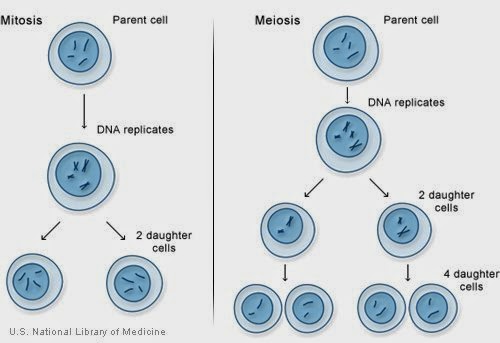The process by which a relatively non-specialized cell becomes a very specialized is called 'differentiation' and affects both the embryo is an individual adult. During embryonic development, many cell types are generated from the fertilized egg cell, to get the range of cells that characterize the adult subject. The route followed by each embryonic cell differentiation is fundamentally dependent on the signals it receives from the environment; the latter, in turn, depend on the position of the cell in the embryo. As a result of the differentiation of different cell types acquire different shapes and express specific proteins: for example, the skeletal muscle cells contain contractile proteins particular, plasma cells are specialized for the production of antibodies, etc.. The differentiation processes continue in the adult body in those tissues that are subject to continuous renewal (eg., Hematopoietic cells).
Each fabric is renewed with its characteristic rhythm, thanks to the presence of stem cells undifferentiated which help keep constant the number of cells in the tissue. Stem cells are defined as undifferentiated cells capable of self-renewal, that is, to produce cells similar to themselves and to generate cells destined to differentiate. They therefore represent a reservoir of cells which the body draws to ensure the renewal of cell tissue death. An example of a stem cell is provided by the hematopoietic stem cells of the bone marrow, capable of giving rise to all cell types of the blood. The adult contains different types of stem cells, which give rise to the cells of the organs in which they are located. Recent studies have however shown that certain adult stem cells have plasticity, ie they are able to differentiate in cell types other than those of the tissue of origin.











